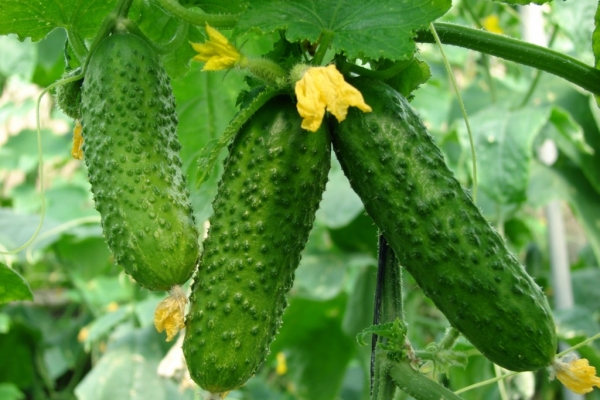Cucumbers are the most popular garden crop in the world. Fragrant and juicy cucumbers love everything from small to large. There are many varieties of such a vegetable. One of these varieties is variety of cucumbers Phoenix.
Table of contents
Cucumber variety Phoenix and its history
A very interesting story of the invention of the variety. This type can not be called innovative, it was invented back in 1990. But the leadership position of this species holds confidently in our days.
Back in 1985, an epidemic of this cucumber disease was raging on the planet. The whole cucumber plantations of Hungary, Bulgaria, and the GDR suffered from it.
The epidemic was steadily approaching the Soviet Union and was already advancing firmly in the southern regions of the USSR. The powdery mildew virus was constantly mutated and modified, and even the most resistant cucumber varieties gradually became susceptible to it.
And in 1990, Soviet breeders made the impossible seem: invented a variety that downy mildew could not overcome.
This sort of received a loud name Phoenix, because he, too, rose from the ashes of the epidemic. Since then, Phoenix has seriously and for a long time won the hearts of vegetable growers not only of our Motherland, but also beyond its borders.
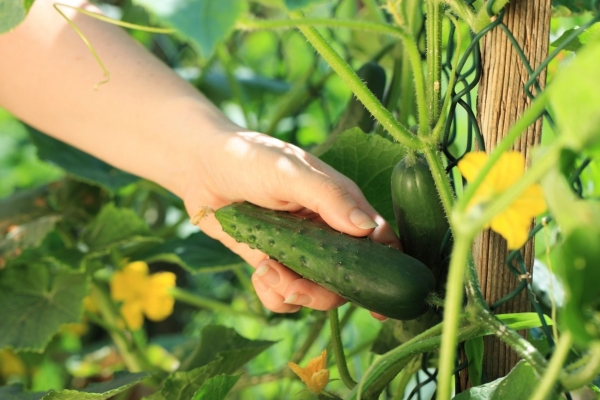
Description and characteristics
The variety Phoenix is a powerful and tall plant that grows to 3 meters in height. Such a culture can not do without support.
According to the description, late ripening fruits late ripening. Crop begin to collect 60 days after planting seeds in the soil. It is best to grow these vegetables in the open field.
Fruits of the correct cylindrical form of a saturated green color with longitudinal light green stripes. The tuberosity of vegetables is below average. Fruit size reaches 15 cm, and weight - 150 grams.
The culture is bearing fruit for a long time, when other relatives already gave up the entire harvest. Productivity is very high and with sufficient care reaches 3 kg per square meter.
Fruits are universal in use. They can be used both fresh and canned.
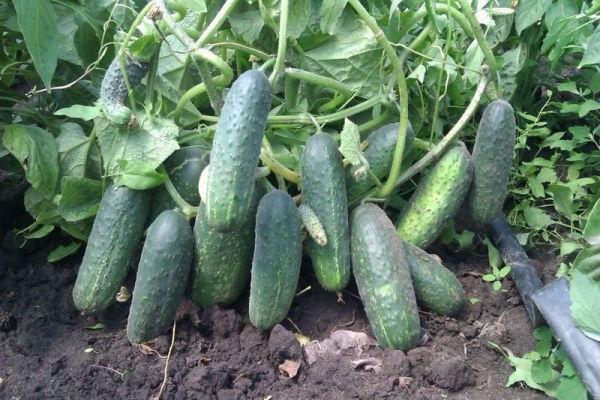
Advantages and disadvantages
This variety variety has many advantages:
- high yield;
- unpretentious care;
- immunity to temperature extremes;
- drought resistance and cold resistance;
- long periods of fruiting;
- long shelf life;
- resistance to various diseases;
- excellent transportable abilities;
- presentable appearance;
- universality in use;
- excellent taste.
But it has a phoenix and its flaws. These include:
- limited growing opportunities. Suitable for open ground, but not recommended to grow in greenhouses;
- relatively large fruit sizes.

Features of planting and cultivation of cucumbers
Phoenix is designed for cultivation in the open field. You can grow both from seed and seedling method.
Usually seeds planted in open soil in late May - early June.
Seeds are planted on seedlings in early May.. Transfer to the open ground after 2 - 3 true leaflets form on the seedlings.
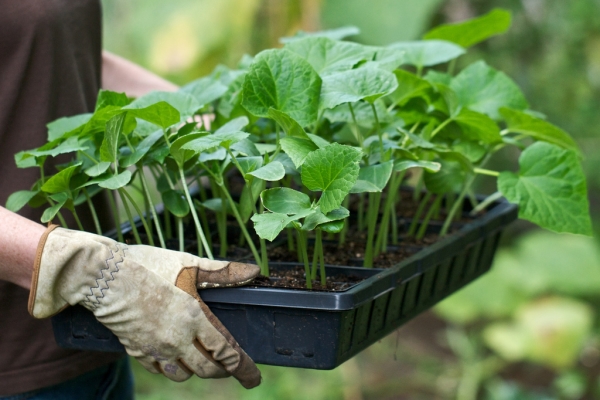
The soil on the site is best to cook in the fall. Cucumbers love different feeding.Crop yield directly depends on them.
The best way to prepare the soil in the fall. To do this, the site is well removed from weeds, make organic fertilizer (manure, humus, chicken manure). And only after this they dig up.
Seeds must also be prepared. If you purchased glazed seeds, then no manipulations can be made with them. They are already fully prepared: disinfected and processed by growth promoters.
Immediately before planting the seeds, you can once again fertilize the soil with rotted manure. Soil for cucumbers should be airy and well pass air and moisture.
The best predecessors of cucumbers are potatoes, legumes, tomatoes.
Planted plant in pre-prepared hydrated wells. When planting seeds, a pattern of 50 by 40 cm is recommended. 2-4 seeds are planted in each well. If all are sprouting, they must be drained.
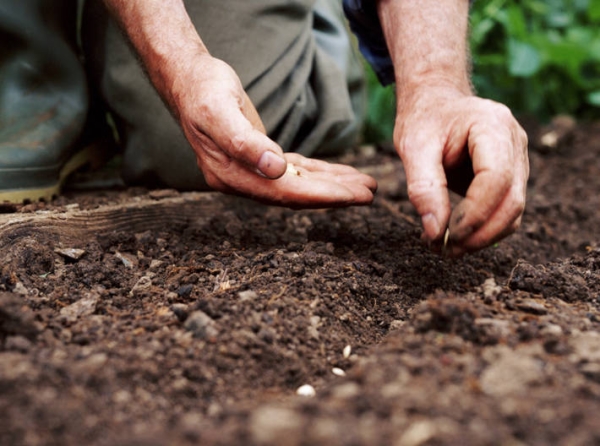
Care and harvest
Further care of the plant is constant cleaning weeds, loosening the soil, feeding and watering.
Cucumbers are 90% water and that is why they are very fond of moisture. Watering them is necessary according to weather conditions.If the sky is not happy with frequent precipitation in the form of rain, the plant needs daily watering with settled water at room temperature.
Feedings directly affect the yield of plants. To do this, feed the culture during the whole growing season. For this perfect any organic fertilizer.
Harvesting is needed every day, or every other day.. Ripe fruits are torn down very carefully, so as not to damage the rest of the ovary.
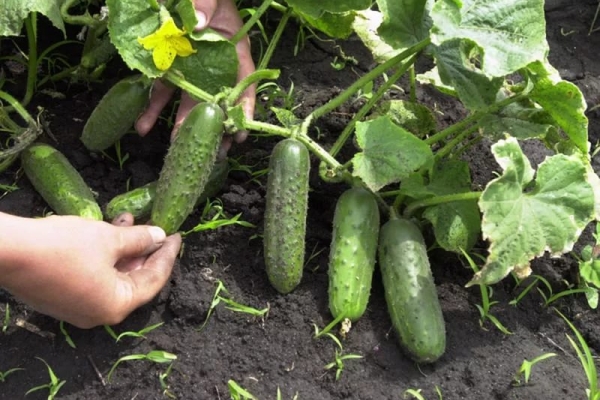
Disease and Prevention
This kind of vegetables is positioning itself as very resistant to various diseases.
But if any damage has happened, the plants should be treated in a timely manner with an appropriate means,which is sold in all specialized stores.
Cucumber Phoenix - high-yield variety with excellent characteristics and tastethat will provide you with tasty fruits without any hassle in growing.
